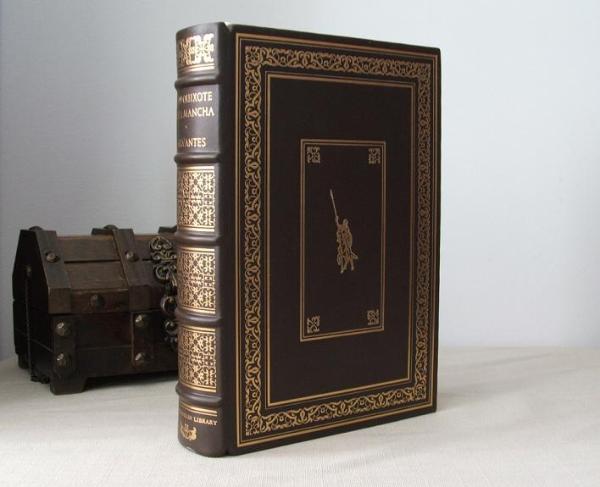An epic is traditionally a genre of poetry, known as epic poetry. However in modern terms, epic is often extended to other art forms, such as epic theatre, films, music, novels, plays, television shows, and video games, where in the story has a theme of grandeur and heroism, just as in epic poetry. Some scholars argue that the epic has long since become "disembedded" from its origins in oral poetry, appearing in successive narrative media throughout history.
In epic books the action takes place on a grand scale. Epics in this sense are majestic depictions that capture impressive struggles, such as stories of war, adventures, and other efforts of great scope and size over long periods of time. The real life stories of heroic figures have also been referred to as being epic. Examples of notable epics include Ernest Shackleton's exploration adventures in Antarctica and historical novels such as War and Peace.
(This page contains affiliate links for which we may be compensated.)
Examples of epic books
Classics and Historical EpicsWar and Peace by Leo Tolstoy — Napoleonic Wars, massive cast, philosophical and historical depth.
Les Misérables by Victor Hugo — French Revolution aftermath, social justice, and redemption.
The Count of Monte Cristo by Alexandre Dumas — Revenge, justice, and redemption over decades.
Gone with the Wind by Margaret Mitchell — American Civil War and Reconstruction through personal drama.
Don Quixote by Miguel de Cervantes — Often considered the first modern novel, blending adventure, satire, and philosophy.
Modern and Contemporary Epics
The Pillars of the Earth by Ken Follett — Cathedral building in medieval England, spanning generations.
A Suitable Boy by Vikram Seth — Post-independence India, family politics, and romance across a huge cast.
Shōgun by James Clavell — Feudal Japan seen through a foreigner’s eyes.
The Thorn Birds by Colleen McCullough — Generations of an Australian family’s saga.
The Pillars of the Earth by Ken Follett — Cathedral building in medieval England, spanning generations.
A Suitable Boy by Vikram Seth — Post-independence India, family politics, and romance across a huge cast.
Shōgun by James Clavell — Feudal Japan seen through a foreigner’s eyes.
The Thorn Birds by Colleen McCullough — Generations of an Australian family’s saga.
Fantasy and Mythic Epics
The Lord of the Rings by J.R.R. Tolkien — One of the definitive modern epic fantasies.
A Song of Ice and Fire series by George R.R. Martin — Massive political fantasy saga.
The Silmarillion by J.R.R. Tolkien — Mythological history of Middle-earth.
The Wheel of Time by Robert Jordan (finished by Brandon Sanderson) — Sprawling fantasy over 14 volumes.
Epic Science Fiction
Dune by Frank Herbert — Desert planet politics, religion, and ecology across generations.
Foundation by Isaac Asimov — Galactic empire’s fall and rise, inspired by historical cycles.
Hyperion Cantos by Dan Simmons — Multi-layered, time-spanning space opera.
There are many genres of epic (exclusive of epic poetry): epic fantasy describes works of fantasy, such as in J. R. R. Tolkien's Lord of the Rings. Epic fantasy has been described as containing three elements: it must be a trilogy or longer, its time-span must encompass years or more, and it must contain a large back-story or universe setting in which the story takes place. Epic fantasy is not limited to the Western tradition: Arabic epic literature includes examples of epic fantasy such as Thousand and One Nights.
The epic film genre encompasses historical epics, religious epics, and western epics, although it has split into many other genres and subgenres.
The female epic examined ways in which female authors have adapted the masculine epic tradition to express their own heroic visions. There are chivalric epics from the Middle Ages, national epics, and pan-national epics. The real-life stories of heroic figures have also been referred to as being epic; examples include Ernest Shackleton's exploration adventures in Antarctica.
The epic film genre encompasses historical epics, religious epics, and western epics, although it has split into many other genres and subgenres.
The female epic examined ways in which female authors have adapted the masculine epic tradition to express their own heroic visions. There are chivalric epics from the Middle Ages, national epics, and pan-national epics. The real-life stories of heroic figures have also been referred to as being epic; examples include Ernest Shackleton's exploration adventures in Antarctica.

